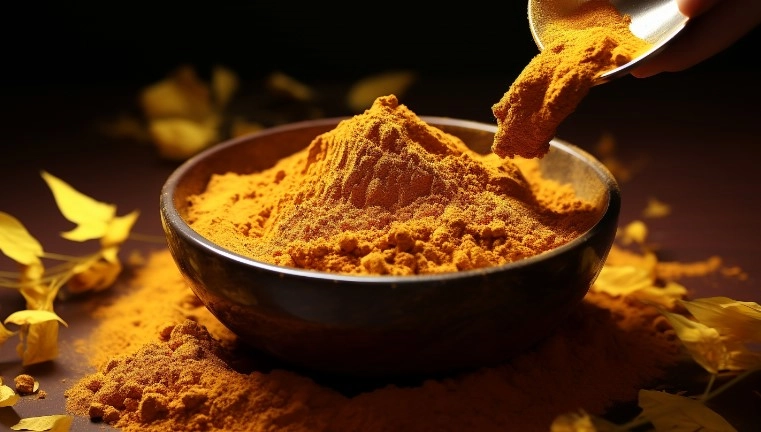The power of cinnamon

What is cinnamon?
The word Cinnamon comes from the Greek, meaning sweet wood. It is the inner bark taken from the evergreen tree of camphor family (Cinnamomum cinnamomum). Because of its special flavor and curative effect, it has been widely used for food seasoning, perfume and various medical purposes for thousands of years.
The main components of cinnamon include cinnamaldehyde, proanthocyanidins and a variety of volatile essential oils, which brings its special taste from these substances.
The ingredients in cinnamon are constantly found to help human health, with antioxidant, anti-inflammatory, antibacterial and other properties, and have potential auxiliary benefits for a variety of chronic diseases.
What are the empirical benefits of cinnamon
Diabetes.
Diabetes is mainly a disease of abnormal blood sugar metabolism caused by abnormal insulin cells and insulin resistance. At present, about 400 million people in the world suffer from this disease, of which 60% are Asian people. By 2030, it will grow by 1.5 times, becoming a major medical burden.
A systematic review and Meta-analysis (including 10 randomized studies with 543 participants) concluded that cinnamon intake does help lower fasting blood sugar, total cholesterol, low-density cholesterol, triglycerides, and triglycerides. And can increase high-density good cholesterol (but has no significant effect on glycosylated hemoglobin).
Other randomized, double-blind controlled studies (12 weeks of 25 patients with poorly controlled diabetes) found that in addition to helping to lower fasting blood glucose (17.4%), glycosylated hemoglobin (8.25%), and increase blood antioxidant concentrations (glutathione and superoxide dismutase SOD), cinnamon intake also increased blood antioxidant levels. Oxidation pressure index was improved.
Hypertension.
High blood pressure is the most important risk factor for cardiovascular disease, accounting for about 54% of strokes and 47% of atherosclerotic heart disease. In the United States alone, 1 in 3 people have high blood pressure, and the incidence of high blood pressure is as high as 65% in people over 60 years old
A systematic review of three randomized controlled trials found that short-term intake of cinnamon did reduce blood pressure (systolic and diastolic), but given the small number of studies and samples, more large reports are needed to confirm it.
Primary menstrual pain
Primary menstrual pain is the most common gynecological disease in young women, the prevalence rate is about 50-90%, mainly due to the increase of prostaglandins secreted by the endometrium during menstruation.
Too much prostaglandin can cause the smooth muscle in the adjacent area to contract, which can cause cramping and colic in the lower abdomen and back, and if it affects the gastrointestinal tract, it can cause nausea, vomiting and diarrhea.
In the United States alone, primary menstrual pain costs the economy $2 billion and 600 million hours of work each year
A 3-day, double-blind, controlled study of 76 female college students found that ingestion of cinnamon helped improve symptoms associated with primary menstrual pain, such as heavy menstrual bleeding, pain, nausea, and vomiting.
Oral health
Gingivitis is the most common problem in the mouth, caused by plaque buildup, prevention methods mainly rely on daily dental cleaning habits (toothbrush, floss, interdental brush, etc.), but sometimes the cleaning process is inevitable, so mouthwash becomes an auxiliary tool.
The common ingredient of the general medicated mouthwash on the market is chlorhexidine, although it has a good prevention and control effect, but there are some problems that make people complain about long-term use, such as tooth discoloration, oral mucosa damage, and unpleasant odor.
A four-week, three-blind, controlled study of 105 medical students found that both cinnamon extract mouthwash (20%) and common medicinal mouthwash improved plaque and gingivitis scores, although medicinal mouthwash improved more, but the difference between the two was not significant.
Non-alcoholic fatty liver
Nonalcoholic fatty liver disease mainly includes a range of abnormal liver diseases, including the early stages of hepatic steatosis and steatohepatitis, to more severe cirrhosis and even hepatocellular carcinoma.
Liver damage from non-alcoholic fatty liver disease is one of the most common causes of liver transplantation in the United States.
Although most of the patients are elderly, in recent years more than 30% of the cases have been observed between the ages of 30 and 39, and the number of confirmed cases has skyrocketed.
There are a number of risk factors for non-alcoholic fatty liver disease, including a sedentary lifestyle, a high-calorie diet, high blood pressure, diabetes, obesity, and middle obesity. The prevalence of obesity and diabetes is as high as 90% and 70%.
A 12-week, double-blind, controlled study of 50 patients with fatty liver disease showed that cinnamon intake (in combination with diet and exercise) helped reduce disease characteristics associated with fatty liver disease, such as insulin resistance, fasting blood glucose, total cholesterol, triglycerides, C-reactive protein, and liver function index AST, ALT, GGT, and liver function index. It may be an option for adjuvant therapy.
reference
1. Cinnamon Use in Type 2 Diabetes: An Updated Systematic Review and Meta-Analysis
Anti-diabetic and antioxidant effect of cinnamon in poorly controlled type-2 diabetic Iraqi patients: A randomized, placebo-controlled clinical trial
3. The effect of cinnamon on menstrual bleeding and systemic symptoms with primary dysmenorrhea
4. Effect of Cinnamon Extract and Chlorhexidine Gluconate (0.2%) on the Clinical Level of Dental Plaque and Gingival Health: A 4-Week, Triple-Blind Randomized Controlled Trial
5. Cinnamon may have therapeutic benefits on lipid profile, liver enzymes, insulin resistance, and high-sensitivity C-reactive protein in nonalcoholic fatty liver disease patients
